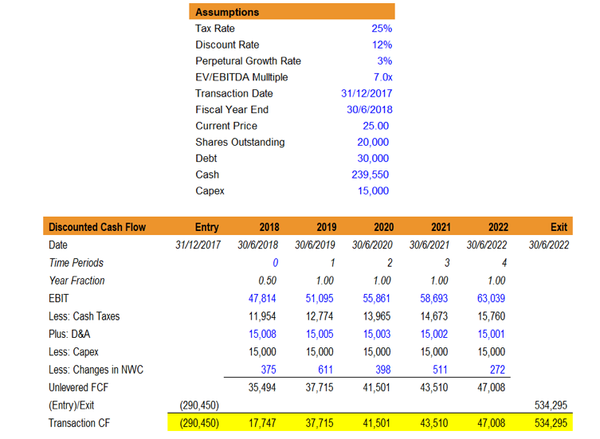Money and Capital Markets

To many of us, a market is where we visit to purchase groceries. However, in the financial application, a financial market is where a transfer of capital from the people who supply it, to the people who demand it takes place.
Financial markets play 3 important roles. Firstly, they play an informational role where capital flows to companies with the best prospects. The stock price of a company reflects the market’s outlook for the company and hence stock prices rises and falls accordingly.
Secondly, financial markets allow investors to control their consumption timing. Throughout a lifetime on an individual or firm, they might experience high and low earning periods. In order to “shift” purchasing power from high to low earnings period, they might use securities to store wealth and transfer consumption to the future so that in low-earnings periods, they can sell these assets for liquidity. A security is a financial instrument that holds some form of monetary value.
Lastly, financial markets allow for optimal allocation of risk. The wide variety of securities in the market allows investors to select securities based on their risk appetite and this benefits companies who could then issue securities at the best possible prices.
However, financial markets cannot function without the support of financial intermediaries and investors.
Financial intermediaries are key to an efficient market system. They identify potential lenders to match borrowers and assist in the transfer of these funds from surplus units to deficit units. Intermediaries also reduce the investment friction cost between lenders and borrowers which provides a more efficient allocation of wealth throughout the system, leading to greater efficiency for the economy.
From the investor’s standpoint, there are 2 main types of financial markets, Money Markets (short-term maturities) and Capital Markets (long-term maturities). When a security matures, the firm must repay the full principal amount plus interest to the lender.
Money Markets
Money market constitutes of short-term debt securities with average maturities of one year or less. The money market is characterised by high liquidity (i.e. easy to sell), low risk and relatively low rate of returns. Some examples of securities that are traded are treasury bills, commercial paper, federal funds and money market mutual funds.
The function of the money market is to provide short-term liquidity to governments, banks and other large organisations. For an example, a large corporation with surplus cash would prefer to invest a portion of it in the money market as it earns higher interest than keeping it in its retained earnings. Similarly, an individual investor would not invest all of their money in risky assets. After allocating part of our funds into the optimal risky portfolio, we would prefer to allocate the rest in low risk instruments found in the money market to insure against investment risk (the risk of incurring losses).
Capital Markets
The capital market consists of long-term debt instruments, equities (stocks) and other financial securities which are issued by firms on the primary market and traded by investors on the secondary
market. Capital market instruments are characterised by longer maturities, higher risk and higher rate of returns.
The long-term debt instruments have maturities that range between 1 year to 30 years. Some examples of these instruments are corporate bonds, treasury bonds, inflation-protected securities and mortgage-backed securities. These instruments generally carry higher default risk (risk of being unable to repay lenders) than those found in the money market. However, they also provide higher interest payments to compensate investors for this additional risk.
Debt securities are first issued on the primary market where it is open to large-scale and institutional investors. It is difficult for retail investors to gain access to the primary market; hence they purchase these securities in the secondary market instead.
The secondary market is where these instruments are traded and circulated. In this market, it is difficult to purchase these bonds at face value. Investors have to purchase them at a premium or discount depending on prevailing market forces.
Stocks represents the company that you buy shares in. Buying shares represents a part ownership of the company. Buying 100 shares in one company is not the same as buying 100 stocks, which refers to buying shares in 100 companies.
Shares released on the primary market are known as an Initial Public Offering (IPO). Investors will purchase these equities directly from the issuing company at face value. These equities are sold to large-scale and institutional investors and are generally inaccessible to retail investors. Instead, individual investors go through the secondary market to trade equities.
Key takeaways
- Markets allow for efficient allocation of funds from lenders to borrowers.
- Financial markets are supported by financial intermediaries & investors
- The 2 main types of markets are Money Markets (Short-term maturities) and Capital Markets (Long-term maturities).









